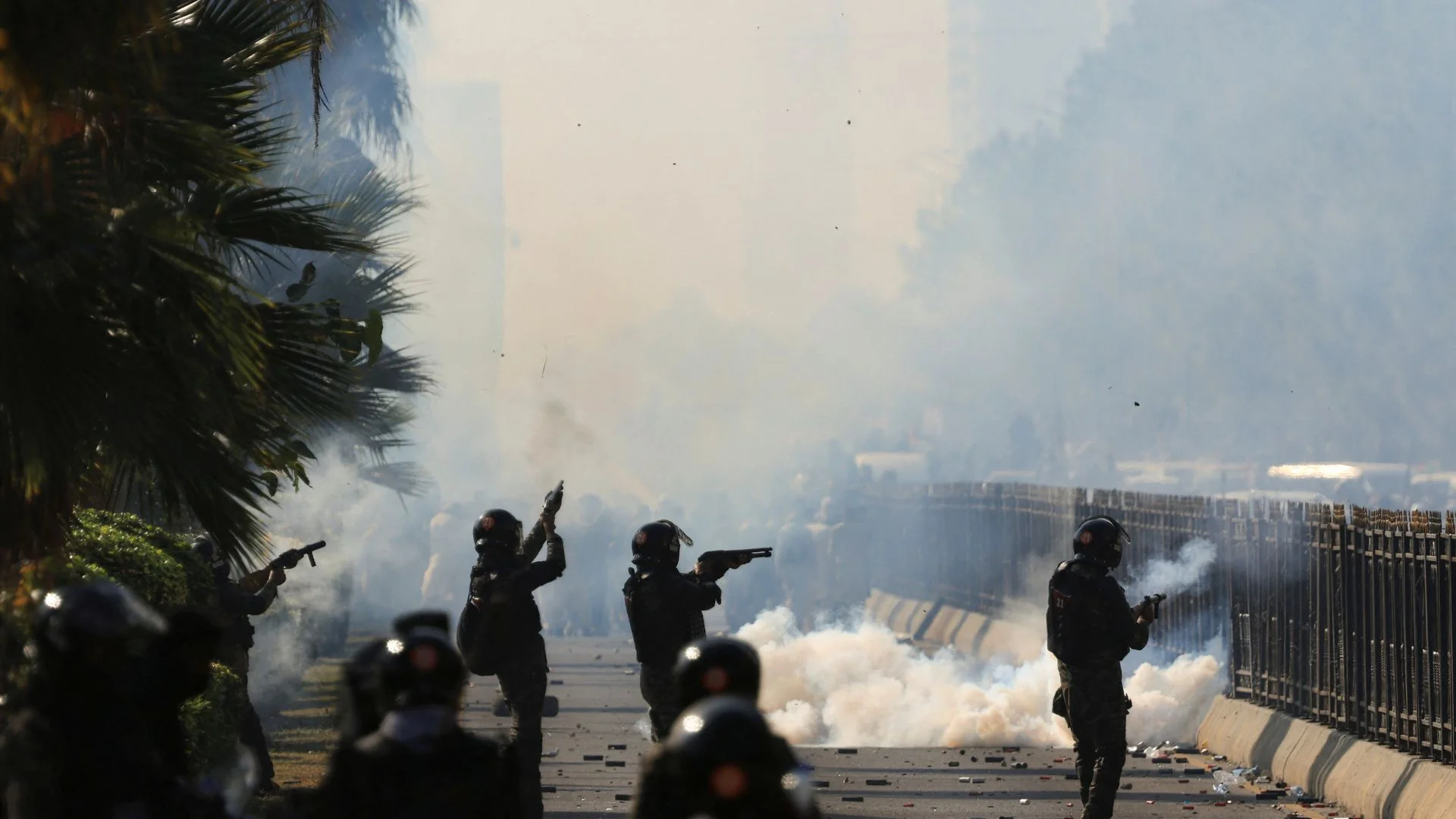
Germany is intensifying its civil defense efforts as tensions with Russia escalate, converting metro stations and basements into emergency shelters. With only 579 public bunkers available for a population of 84 million, officials are urgently addressing a significant preparedness gap. Complementary measures include a public awareness campaign and the development of a mobile app to guide citizens during crises, mirroring similar actions by Poland, Sweden, and other European nations.
Triggered by the ongoing conflict in Ukraine and aggressive rhetoric from Moscow, Germany has embarked on a comprehensive strategy to enhance its readiness for large-scale emergencies, such as airstrikes or military conflict. This initiative is part of a broader European trend of reviving Cold War-era civil defense measures.
Germany’s current shelter network can accommodate less than 0.6% of its population, a shortfall attributed to a 2007 decision to dismantle much of its Cold War infrastructure under the assumption of minimal conflict risk. Federal Office for Civil Protection head Ralph Tiesler has cautioned that it may take a generation to rebuild the necessary bunker network.
In the meantime, Germany is identifying alternative temporary shelter locations, including underground car parks, subway stations, and public basements. The government is also working on a mobile app to provide real-time guidance during emergencies.
Germany’s preparedness falls under a classified framework known as Operation Plan Germany, which coordinates efforts among federal and state governments, the military, security agencies, and emergency services. This includes consultations with businesses to ensure production and logistics systems can withstand wartime scenarios, particularly against potential economic pressures from adversaries like Russia and China.
Germany’s initiatives align with similar actions across Europe:
Germany’s short-term plans involve repurposing public spaces and encouraging citizens to use basements as makeshift shelters. However, critics argue these measures lack the cohesion seen in countries like Finland and Poland.
The resurgence of civil defense planning across Europe underscores the region’s acknowledgment that large-scale conflict is no longer a distant threat. While Germany’s response may seem overdue, it represents a crucial step toward ensuring the safety of its population.












